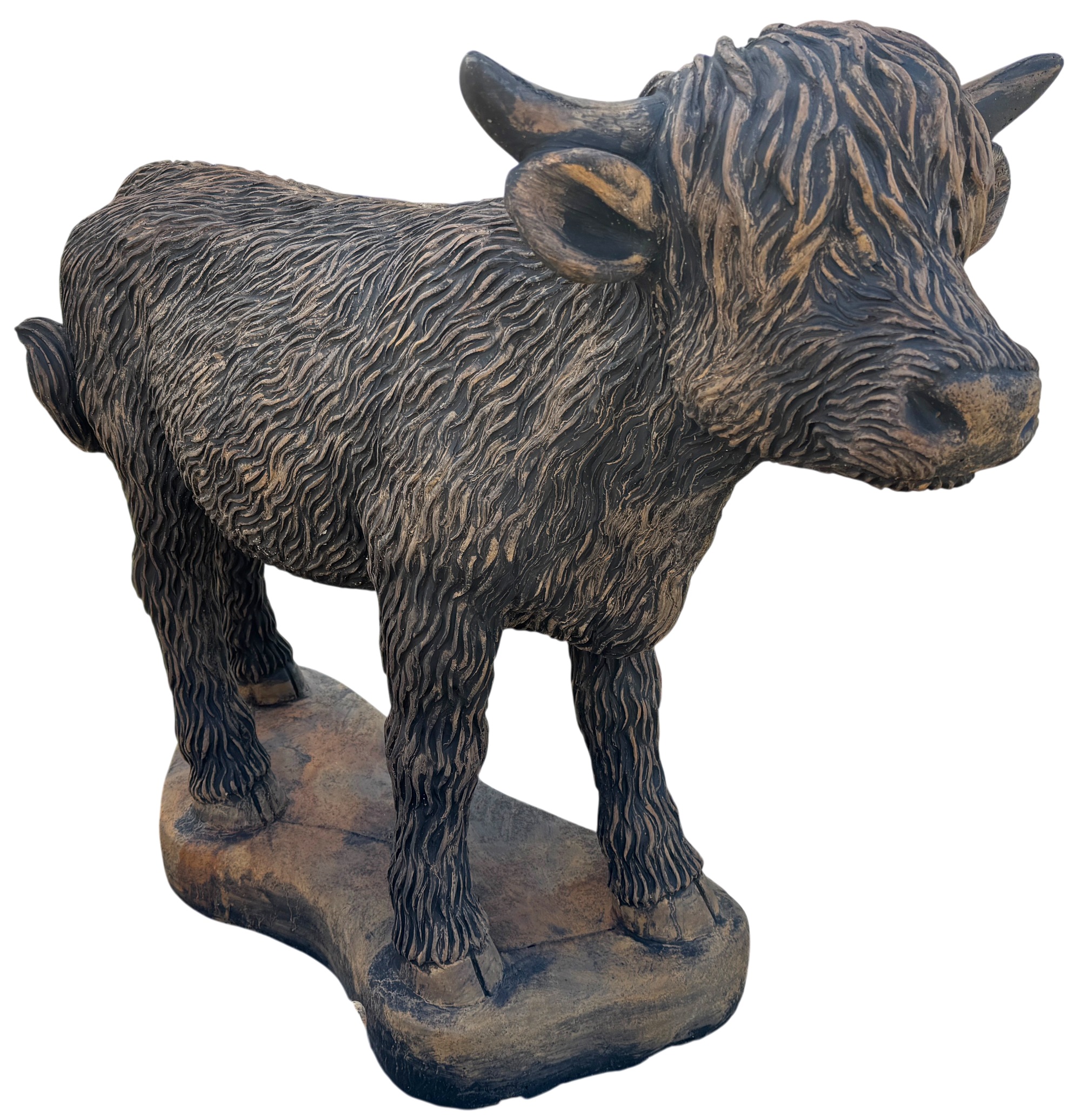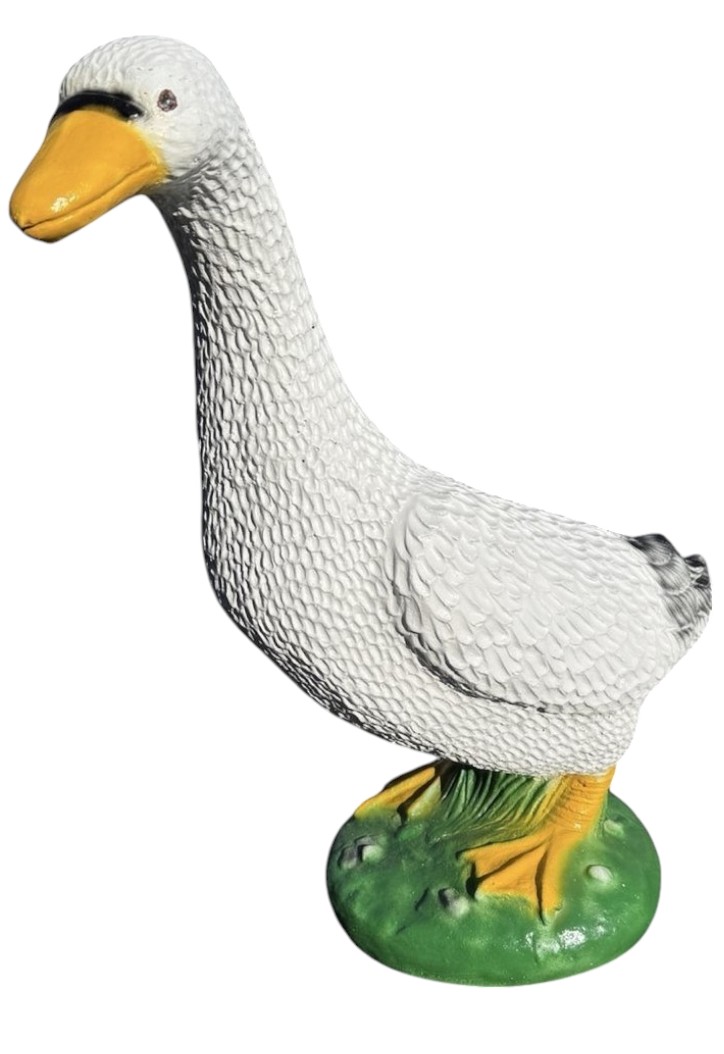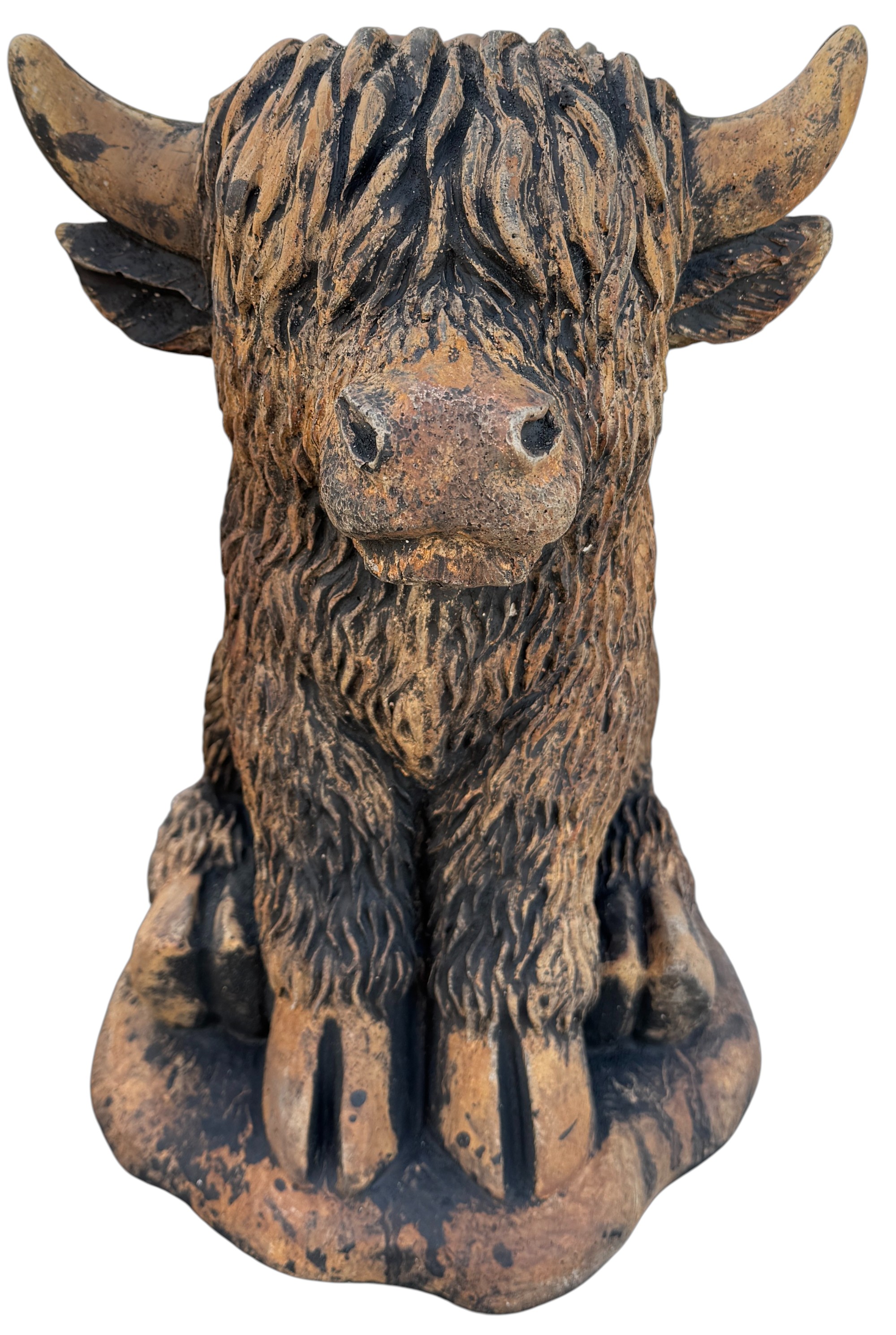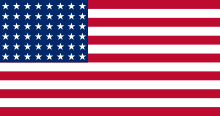Clean Pond - Remove unwanted organic matter using a pond vacuum or by hand. Perform several, small partial water changes over a period of 4-6 weeks when the water temperature maintains 55 degrees. Add de-chlorinator when adding Municipal water. Drain and clean the pond as a last resort or if the pond is extremely dirty - large water changes shock the ecosystem and can promote algae blooms, kill fish and stress pond life.
Inspect/Replace Equipment - Check pipes, pumps and filters for obstructions and any damage that may have occurred over the winter. Replace UV bulb, filter gaskets, and filter material at least yearly. Turn on the pump and examine all water lines, streams, and waterfalls to confirm there are no leaks. Keep pump on a shelf until water temperature stays above 60 degrees, at which point it can again be returned to the bottom of the pond.
Continue using beneficial bacteria and barley straw extract to help accelerate the decomposition of leaves, scum, sediment, and other organic matter that has accumulated during the fall and winter months and to keep a healthy pond environment.
Fish Care - Start feeding fish with a wheat germ based food when water temperature reaches 40 degrees Fahrenheit or above. Watch for signs of disease since fish are most vulnerable to infection in early spring. Add Microbe medication or Koi Vital to replenish vitamins, minerals and energy levels.
Plant Care - Remove dead plant matter. Fertilize all water plants in the spring only when moderate to substantial new leaf growth has occurred (liquid or tablet form). Transplant and divide plants that have outgrown their containers.
SummerClean filter and pond - Clean filter gently and regularly. Excessive cleaning, using soaps or chemicals, or allowing the filter to dry out kills beneficial bacteria. Skim pond regularly to remove leaves and other debris.
Control Algae - Add beneficial bacteria on a monthly basis. If an algae bloom still occurs, use an algaecide or Barley straw products to control the algae. A UV light is a very good investment and a lot less work.
Partial Water Changes - To decrease build-up of impurities and organic matter, perform 15-20% water changes every month. Ideally, perform partial water changes while vacuuming debris from the pond. Never remove more than 1/3 of the water at one time.
Fish Care - Feed fish, being careful not to overfeed. Fish should only be fed what they can consume in five minutes or less. Observe fish carefully and isolate any fish at the first sign of disease to prevent spread. Monitor fish population and share excess baby fish with others if your pond cannot handle an additional load. Monitor water conditions by checking PH and ammonia levels twice a month.
Plant Care - Fertilize aquatic plants on a regular basis. Remove decaying leaves and spent lily blooms.
FallClean Pond - Remove sludge and organic matter before the temperature starts dropping by vacuuming after leaves have finished falling.
Continue using Bacteria to help accelerate the decomposition of leaves, scum, sediment, and other organic matter during the fall and winter months.
Plant Care - Stop fertilizing plants, trim hardy plants back, and remove tropical plants.
Fish Care - Reduce feeding of fish and switch to a wheatgerm based food when water temperature is between 40 - 50 degrees Fahrenheit. Stop feeding fish when water temperature gets below 40 degrees Fahrenheit.
WinterRemove delicate hardware & Drain Plumbing - Disconnect UV lights and store indoors. Drain and clean external biofilters. Drain all tubing and pipes not buried below the frost line.
Raise/Remove Pumps - Remove, drain, and store pump, or if you decide to keep your pump running throughout the winter, raise it so that it draws off of mid-water level. Never draw water from the bottom of the pond during the winter - this keeps the water warmer and more stable for fish to winter over in.
Connect De-icer - Keep a hole in the ice so that gas exchange can occur. A floating pond de-icer or an air pump and stone will keep a hole in the ice. Do not forcefully break a hole in the ice because that can be fatal to fish.






















